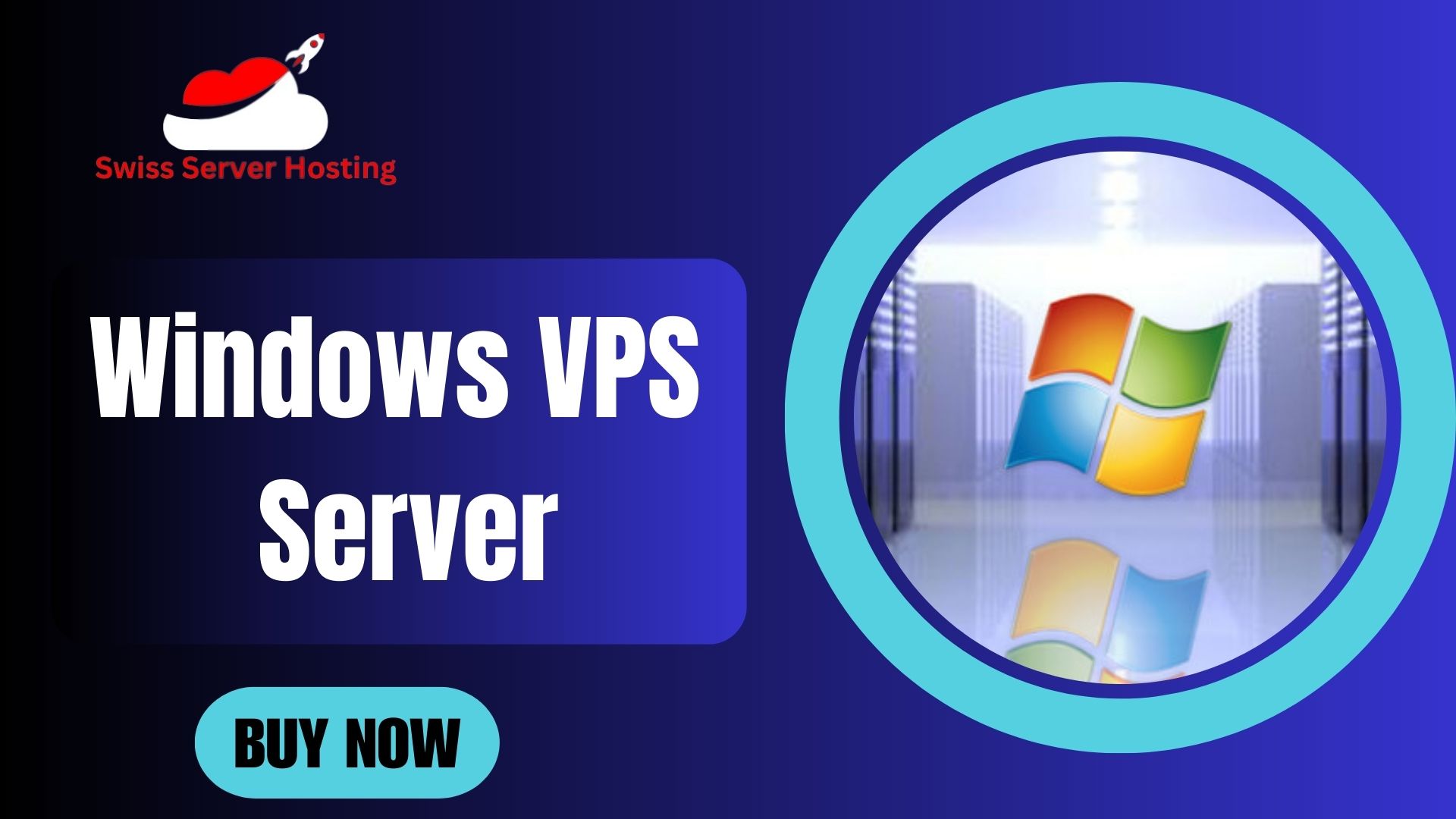
Introduction
In our digital age, the choice of server environment has become an instrumental decision for businesses worldwide. Amidst a plethora of options, Virtual Private Servers (VPS) stand out, fulfilling the server needs of countless small businesses and large enterprises alike. These servers blend affordability with functionality, offering a private and customizable space that ensures efficient operation of your online presence. This comprehensive guide aims to unfold the world of Windows VPS Server, focusing on their operation, benefits, potential use cases, and much more. As we journey through the various facets of VPS server, you’ll discover how these powerful tools can support and elevate your digital strategy.
What is a Windows VPS Server?
A Virtual Private Server (VPS) is a virtual machine provided by an Internet hosting service. In a VPS server, the operating system installed is Microsoft. This environment mimics a dedicated server within a share hosting environment, technically being both share and dedicated hosting.
The hypervisor is the software layer that enables virtualization. It’s responsible for distributing physical resources like CPU, RAM, and storage among the virtual servers, managing the operations of all virtual environments on a host, and ensuring they remain independent.
Why Choose a Windows VPS Server?
Windows VPS servers are a popular choice for various reasons. Let’s explore some of them:
Ease of Use: With its familiar graphical user interface (GUI), Windows is arguably easier to use Linux-based systems that require command-line knowledge.
Software Compatibility: Windows VPS is perfect for businesses that require specific Windows applications such as ASP, .NET framework, SharePoint, and Exchange.
Robust Support: Being a product of Microsoft, Windows VPS servers come with robust customer support, helping businesses swiftly resolve any technical issues they may encounter.
Scalability: With a VPS, businesses can easily scale their server resources up or down based on their needs, without having to invest in physical hardware.
Deploying a VPS Server
The process of setting up a VPS server is relatively straightforward:
Choose a Hosting Provider: First, select a reputable hosting provider that offers Windows VPS servers. Consider factors such as pricing, uptime guarantees, customer reviews, and customer service making your decision.
Select Your Server Specifications: Select the CPU, RAM, and storage space your server will require. These requirements can frequently be increase or decrease as necessary.
Install the Windows Server Operating System: Once your VPS is set up, you’ll need to install the Server operating system. This process typically involves following a step-by-step guide provided by your hosting provider.
Configure Your Server: As soon as the operating system has been install, you may begin configuring your server environment. Setting up user accounts, installing necessary software, and configuring security settings are require for this.
Manage Your Server: After installation, you must administer your server to keep it running smoothly. In order to do this, performance must be monitor, software must be updated, and potential issues must be fix.
Windows VPS Server Use Cases
Businesses across the globe are leveraging Windows VPS servers in various ways:
Web Hosting: Many businesses use Windows VPS servers to host their websites, offering better control and performance than shared hosting.
Database Hosting: VPS is perfect for hosting SQL Server databases, a common need for businesses that use Microsoft’s stack of development tools.
Virtual Desktop Businesses can set up virtual desktop environments using Windows VPS servers to provide employees with remote access to a Windows environment from any location.
FAQs about Windows VPS Servers
What is a VPS Server?
A virtual private server using the Windows operating system is referee to as a VPS Server. With shared resources, it provides a dedicated-like environment.
Why should I choose a VPS Server over a Linux VPS?
Choosing a VPS server might be beneficial if you’re already familiar with the Windows environment, require specific applications, or need the extensive support provided by Microsoft.
How do I set up a Windows VPS Server?
Setting up a VPS Server involves choosing a hosting provider, selecting server specifications, installing the Server operating system, configuring the server, and managing it regularly.
Is a Windows VPS Server scalable?
Yes, a VPS Server is scalable. You can easily increase or decrease server resources (CPU, RAM, storage) based on your requirements without the need for physical hardware.
Can I host a website on a Windows VPS Server?
Many Businesses prefer Windows VPS servers for website hosting due to. The increased control and performance they offer over shared hosting.
Is a Windows VPS Server secure?
Windows VPS servers are frequently quite safe. The server manager actions, such as deploying security updates, establishing firewalls, and creating secure user accounts determine the level of security as a whole.
What applications can I run on a Windows VPS Server?
Any programmer that is compatible with the Windows Server operating system run on a VPS server. This contains programmes like Microsoft.
Conclusion
Windows VPS Server have become a staple in the digital world, offering a versatile solution. That combines the affordability of shared hosting with the power and control of a dedicated server. As businesses continue to grow and evolve the scalability and adaptability of Switzerland VPS Server will ensure they remain a key player in the server market.
